Under the impact of AI, the first challenge that universities face is to establish clear rules and limits on the application of AI in academia. Universities need to clearly define whether students are allowed to use AI in learning and research, and if so, how to use it to ensure training goals. Without these rules, learning outcomes may be negatively affected. However, there is currently no unified rule among universities around the world on this issue.
Another important task is to adjust the orientation and training programs to suit the rapid changes in the labor market due to the impact of AI. Professions related to content creation or repetitive tasks are likely to be automated, leading to a decrease in recruitment demand. Therefore, the adjustment of training programs should be oriented in two forms: strategic vision, long-term forecasting and close monitoring of the actual needs of the labor market.
Accordingly, schools need to forecast major changes in future training and human resource needs. The State and professional associations play an important role in policy making and career orientation, supporting schools in adjusting their training strategies. In addition, schools need to specifically grasp changes in industry needs and job positions through periodic surveys from stakeholders, including employers and learners. This is also an important requirement in international accreditation standards.
In terms of training, the program needs to integrate more soft skills such as lifelong learning, critical thinking, creativity and management. These skills help students develop flexibility and adaptability to changes in the industry and labor market under the impact of AI.
Another challenge is how can Vietnam's AI human resources meet the development needs of reality?
Within the framework of the project to train international-level human resources in the AI industry chaired by the University of Natural Sciences, Ho Chi Minh City, we have proposed 8 main tasks and solutions on formal training from university to doctoral level, non-formal training, infrastructure investment, building open learning resources, developing staff, granting scholarships and promoting international integration.
Among these solutions, training highly qualified human resources at the doctoral level and retaining talent to serve domestic development needs is considered a fundamental solution.
If these solutions are not implemented well, Vietnam will not be able to own core technologies and important AI platforms. As a result, we will have to depend on AI technologies, solutions and inference-as-a-service provided by large foreign corporations, and we will only focus on the top part, which is developing applications based on existing AI platforms.
Source: https://thanhnien.vn/de-viet-nam-phat-trien-nhan-luc-ai-185250205222636675.htm



![[Photo] Prime Minister Pham Minh Chinh receives Swedish Minister of International Development Cooperation and Foreign Trade](https://vphoto.vietnam.vn/thumb/1200x675/vietnam/resource/IMAGE/2025/5/12/ae50d0bb57584fd1bbe1cd77d9ad6d97)
![[Photo] Prime Minister Pham Minh Chinh starts construction of vital highway through Thai Binh and Nam Dinh](https://vphoto.vietnam.vn/thumb/1200x675/vietnam/resource/IMAGE/2025/5/12/52d98584ccea4c8dbf7c7f7484433af5)
![[Photo] Prime Minister Pham Minh Chinh works with the Standing Committee of Thai Binh Provincial Party Committee](https://vphoto.vietnam.vn/thumb/1200x675/vietnam/resource/IMAGE/2025/5/12/f514ab990c544e05a446f77bba59c7d1)


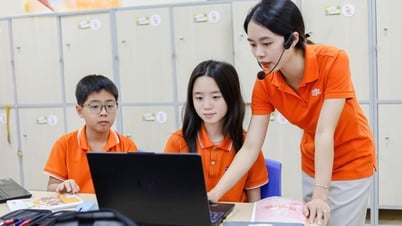

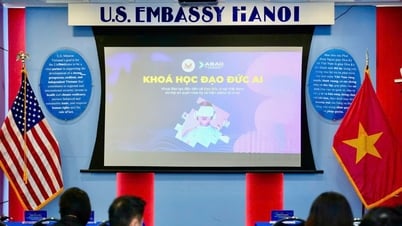

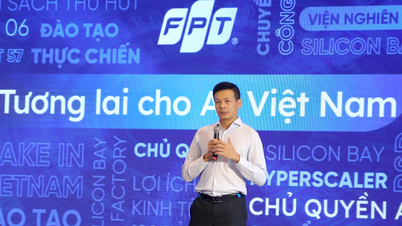
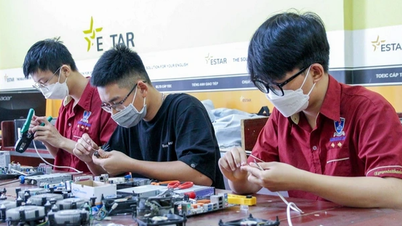



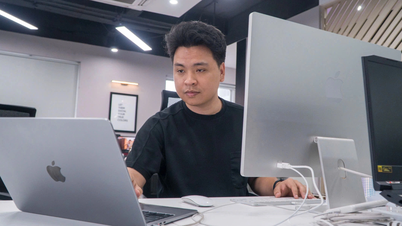


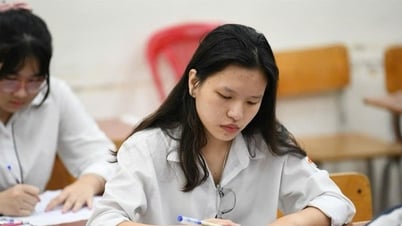

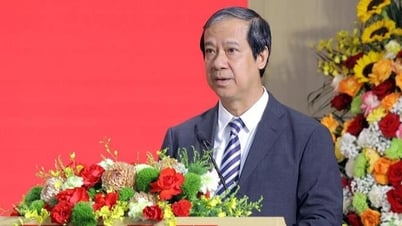





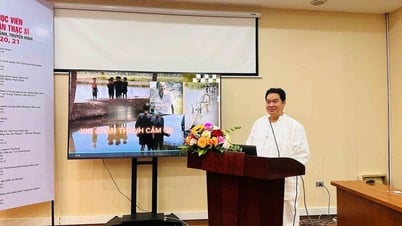



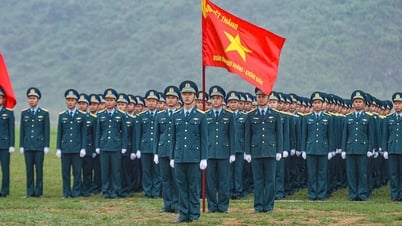







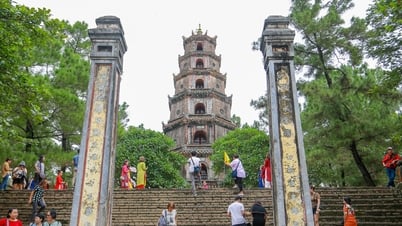








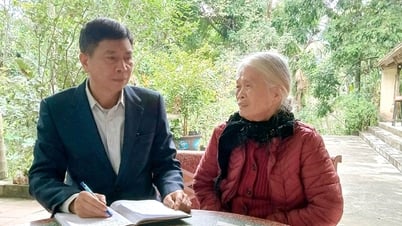

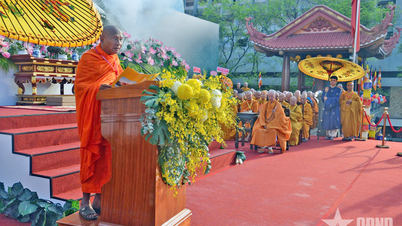


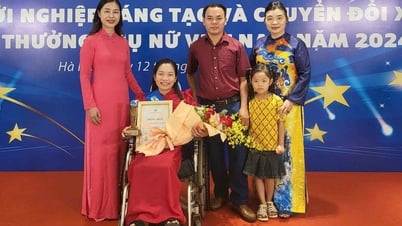







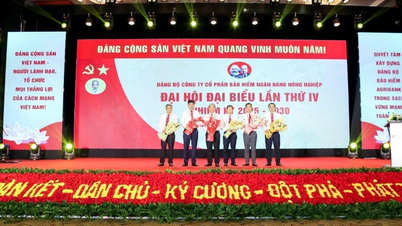

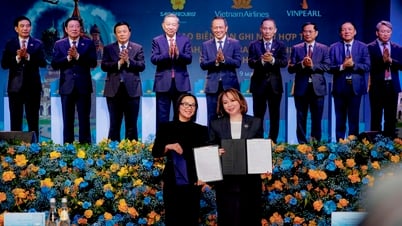


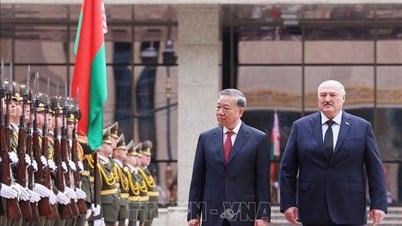
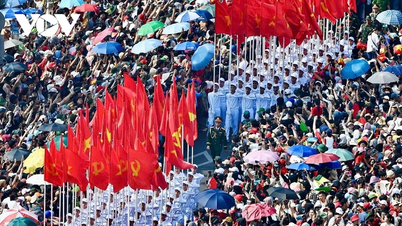



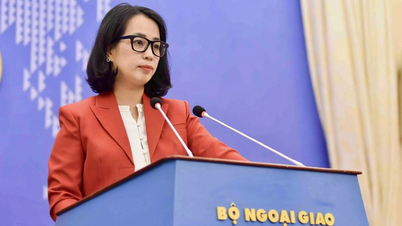
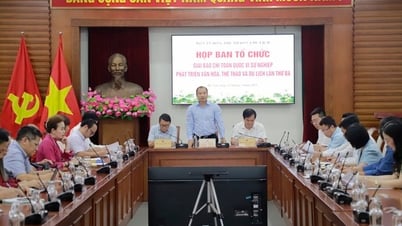












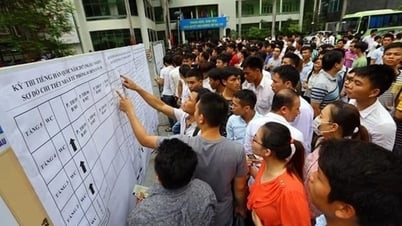







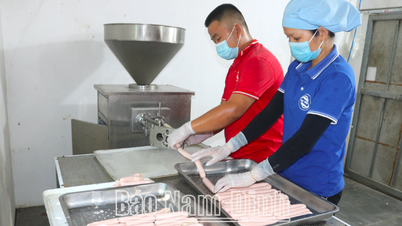

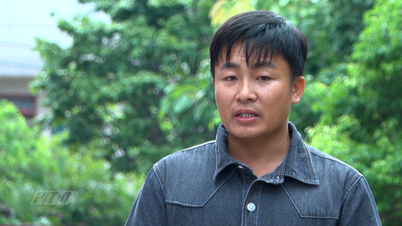



Comment (0)